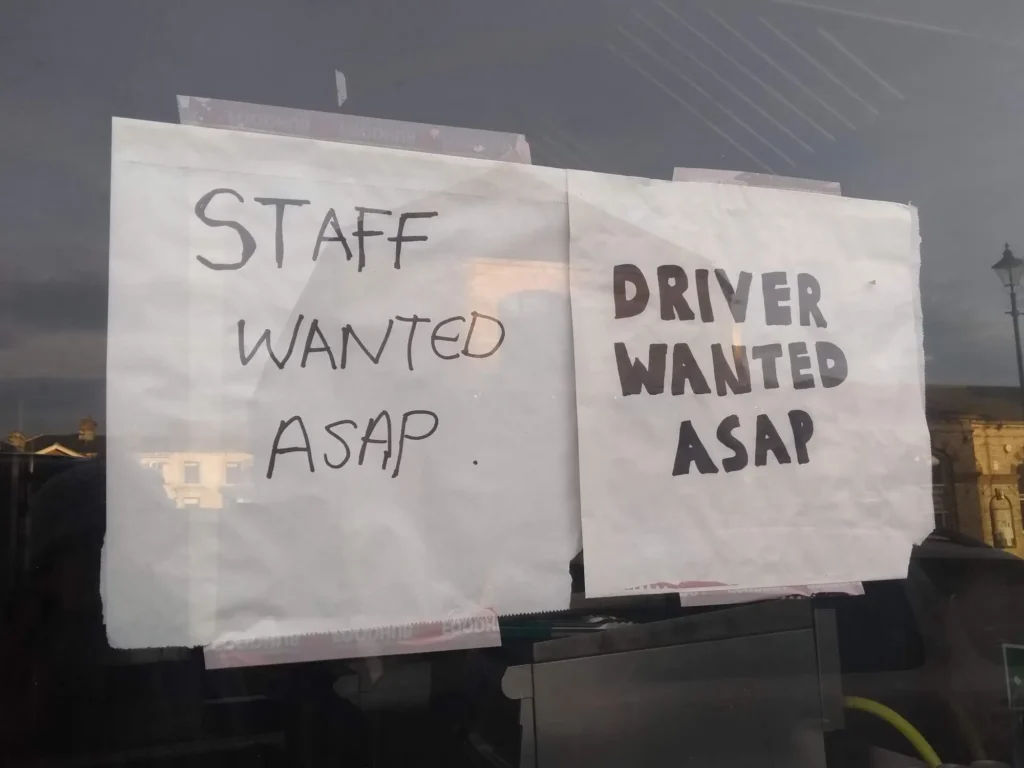Now, Arana has written a new book that deconstructs some of the most pervasive stereotypes surrounding Latinos. The book is called “Latinoland: A Portrait of America’s Largest and Least Understood Minority.” The book is driven by a single question: How can we move past what is considered to be Latino 101? “This book is about Latinos,” WISH-TV contributor Gloria Jimenez said. “We’ve been growing the community.” Jiminez described the stereotypes. “One,” she said, “is that all Latinos are recent arrivals (to the United States). We’ve been here forever.” “When Latinos move to Florida, most people think they are Cubans, Puerto Ricans, and Dominicans,” she said of another common misnomer. “In California, they think Latinos (are) Mexicans.”
Category Archives: Mythbusters
There’s a Mexican restaurant in nearly every US county
“Mexican food exists exactly where you would expect it to, but also pretty much anywhere else you might care to look in the United States that has any significant number of people in it,” says Aaron Smith, Pew’s director of data labs research. “In the middle of Oregon somewhere, out between the Pacific Ocean and the Rockies, there’s this little moderately sized community where over a third of the restaurants are serving Mexican food, which is kind of fascinating.”
Hoosier Latinos: A Century of Struggle, Service and Success
Using oral history and archival records, Hoosier Latinos: A Century of Struggle, Service, and Success recognizes the impressive lineage of Latinos in Indiana across time and space. Since the 1800’s Latino residents comingled with the English and German families, Irish workers, and freed Blacks who made Indiana home. The book explores how Latino Hoosiers navigated home and belonging in the Midwest from Northwest Indiana to Indianapolis and south to Evansville.
Indiana’s Hispanic population
A person is Hispanic if s/he identifies him/herself as Hispanic. The most recent Census Bureau data (2021) reveal about 494,000 Hispanic persons living in Indiana. That’s just 0.8% of the nation’s Hispanic population, ranking this state 21st among the 50 states.
When you talk about Hispanics in Indiana, who are you talking about? These Hoosiers didn’t just arrive in the U.S. Most (72%) were born in America.
A North Carolina Farmer Was Accused of Abusing His Workers. Then Big Tobacco Backed His Election.

Tobacco-picking is is often done by migrant Latino workers, both H-2A and undocumented. They can face abuse and exploitation from when they are recruited in Mexico, before they even set foot on US soil. But they are essential to the economic stability of North Carolina, providing a steady supply of labour for agricultural jobs that can’t be filled by Americans.
Tobacco is a labor-intensive crop. It begins life in a greenhouse before being transplanted into the soil. It grows to a few feet tall and you often start by only picking the leaves at the base of the stem, which has to be done by hand. The early-morning dew makes it give off a greasy chemical smell and the tar slowly turns your gloves black. The nicotine in tobacco keeps smokers hooked, but for workers in the fields who are exposed to nicotine day in, day out, it can cause “green tobacco sickness”—a condition that leads to headaches, abdominal pain, nausea and vomiting. A day off is a welcome respite.
Is Indiana welcoming to immigrants?

“This kind of warm and fuzzy idea that the United States welcomes people from all over the world… that’s just a small part of a larger story and certainly glosses over the many variations,” Wu said.
Wu, the daughter of Chinese immigrants, recalled growing up in Indianapolis with a small group of second-generation Asian Americans, the vast majority of whom have left Indiana because they felt unwelcome or disagreed with the state’s conservative politics.
Why we celebrate Hispanic Heritage Month
What began as Hispanic Heritage Week in 1968 under President Lyndon B. Johnson, transformed into a 30-day period of celebrating Hispanic communities and achievements.
In 1987, California Rep. Esteban Torres proposed a bill to expand the week-long celebration to a whole month.
“We want the public to know that we share a legacy with the rest of the country, a legacy that includes artists, writers, Olympic champions, and leaders in business, government, cinema, and science,” Torres said in his remarks about the bill.
Hispanic and Latinx immigrants finds uncertain welcome in Hoosier state
A notable example, in May 2011, was Indiana Senate Bill 590, which granted police officers permission to ask for proof of legal status under “reasonable suspicion,” according to LegiScan, a national data service. According to an article published by Indiana Public Media, the bill sponsor, Republican Sen. Mike Delph, who was in office from 2005 to 2018, said the bill was inspired by already-existing standards of the U.S. Supreme Court.
“I believe, to most people in Indiana, if you cannot speak the English language and you’re in your 20s, 30s or 40s, you’re probably not lawfully in the country,” Delph said, per the 2011 article.
Reducing Immigration Harms America’s Economy

Donald Trump’s immigration policies were harmful to America’s long-term economic future. That becomes clearer as one compares the Trump administration’s actions to the projected increase in the number of immigrants under recently introduced immigration legislation. The U.S. Citizenship Act, developed by the Biden administration, would aid long-term economic growth by increasing the number of legal immigrants by 28%. In contrast, Trump administration policies would have cut legal immigration in half. The immigration policy path America chooses in the long-term will make a significant impact on economic growth and future labor force growth, of which immigrants are a vital part.
and Insider article ”immigration would help curb both inflation and the labor shortage”
Indiana must do more to put more Hoosiers of color and women onto and successfully through its tech education pathways

Finding and retaining talent is job No. 1 for the Indiana tech workforce, but the traditional education path is working for only a small %age of Indiana students and employers. Indiana must resolve its issues of access, opportunity and equity if it is to develop the tech workforce that companies must have in the coming years.
Modernizing our educational pathways will be difficult, and it won’t be helped by additional factors discussed earlier on TechPoint Index like the pandemic-induced Great Resignation, the wave of Baby Boomer retirements, and a poorly timed college enrollment cliff that alone were creating a perfect storm of tech talent supply and demand challenges. Our recent research with Fourth Economy and credible economic indicators, clearly show us an Indiana tech talent imperative: We must inclusively grow and develop the state’s tech workforce to 230,0000 workers by 2030.
